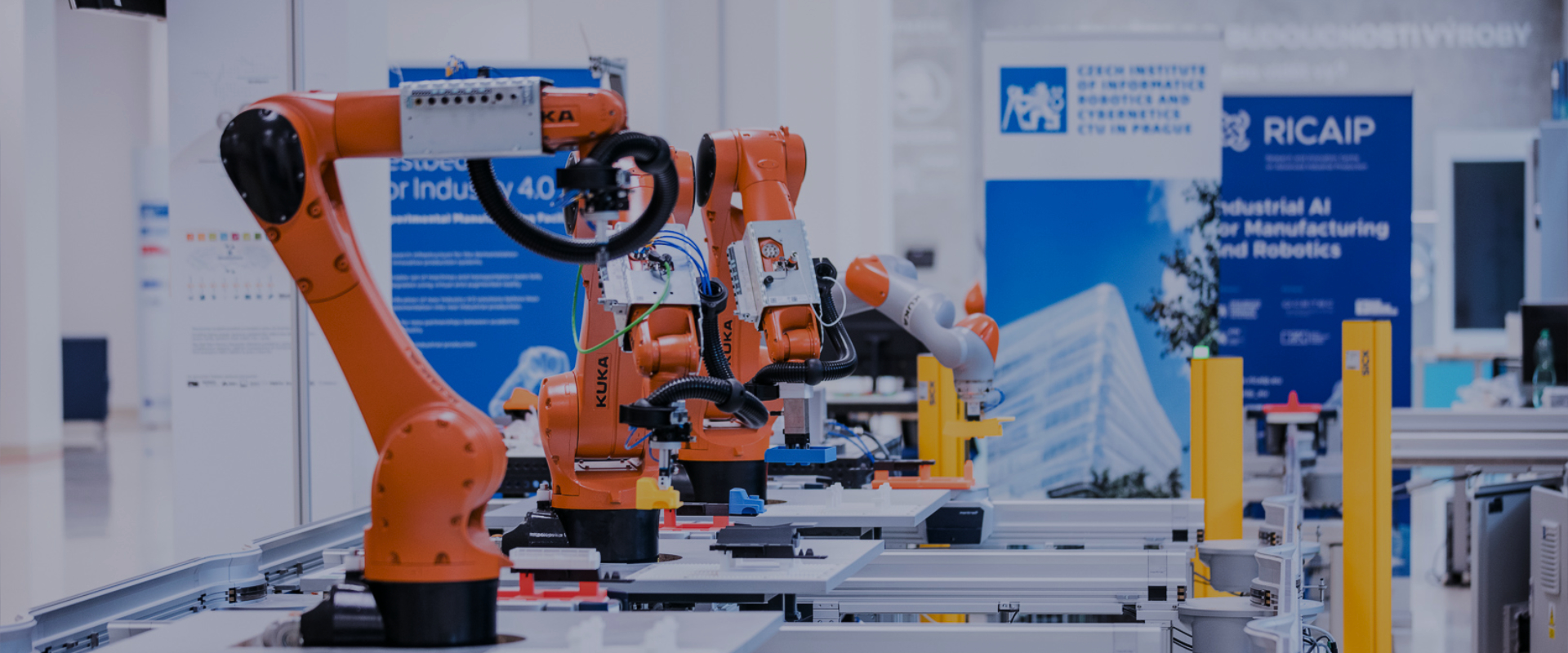Welcome to the world of Constraint-Based Online Scheduler for Human-Robot Collaboration (CoBOS), a groundbreaking solution for enhancing human-robot collaboration in manufacturing and assembly processes. Imagine a workspace where robots seamlessly adapt to your actions, reducing stress and increasing efficiency. This is the promise of CoBOS, our Constraint-Based Online Scheduler designed for dynamic and reactive scheduling in shared tasks.
The Challenge
In today’s collaborative workspaces, coordinating tasks between humans and robots is crucial yet complex. Traditional robot programs follow fixed protocols, leaving no room for flexibility. This rigidity can lead to stress and inefficiency, as humans must adapt to the robot’s schedule rather than the other way around. CoBOS changes this dynamic, allowing robots to adjust their actions based on real-time events and human input.
What is CoBOS?
CoBOS stands for Constraint-Based Online Scheduler. It’s an innovative system that uses advanced algorithms to manage task scheduling and execution in real-time. By leveraging behavior trees and a reactive execution control framework, CoBOS enables robots to respond to delays and task selections made by humans, creating a more fluid and harmonious workflow.
How It Works
CoBOS operates through a few key components:
- Behavior Trees: These are used to model and manage the robot’s actions. They allow the robot to react dynamically to changes in the environment and the task at hand.
- Constraint Programming: This technique helps in creating flexible and efficient schedules. It accounts for uncertainties in task durations, machine breakdowns, and human ask rejections, ensuring that the workflow remains smooth and efficient.
Real-World Application
In practical terms, CoBOS has been tested in a variety of scenarios, including a tabletop assembly task with a Franka Emika Panda robot. The setup involves a shared workspace where both human and robot need to coordinate their movements and tasks. The system dynamically adjusts the robot’s schedule based on real-time observations, such as the human’s task completion status or unexpected delays.
Benefits of CoBOS
- Reduced Stress: By adapting to human actions and uncertainties, CoBOS significantly reduces the mental load on human workers, making the workplace more comfortable and less stressful.
- Increased Efficiency: Our extensive simulation studies, involving 56,000 experiments, show that CoBOS outperforms traditional methods by 4-10%. This leads to faster completion times and better overall productivity.
- Enhanced Collaboration: With CoBOS, robots are no longer seen as cumbersome or inefficient coworkers. They become reliable partners that enhance the capabilities of human workers.
Proven Results
Our research and simulations have demonstrated the superiority of CoBOS in managing complex tasks. In scenarios involving intricate dependencies and high uncertainty, CoBOS consistently delivers better performance compared to traditional dynamic allocation methods. It effectively balances workloads, anticipates potential issues, and adapts on the fly.
Future Directions
The success of CoBOS paves the way for further advancements in collaborative robotics. Future enhancements may include learning from past experiences to improve task allocation and scheduling, integrating more complex task sets, and expanding the system’s capabilities to handle even more variables and uncertainties in the workspace.
Join the Revolution
CoBOS is not just a theoretical concept; it’s a practical, tested solution ready to transform workplaces. Whether you’re in manufacturing, assembly, or any field involving human-robot collaboration, CoBOS offers a smarter, more efficient way to work together.
Explore the potential of CoBOS and bring a new level of harmony and efficiency to your collaborative tasks. Contact us today to learn more about implementing CoBOS in your operations and witness the future of human-robot collaboration firsthand.

